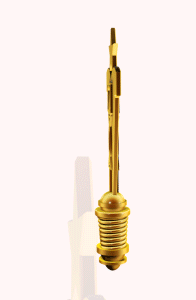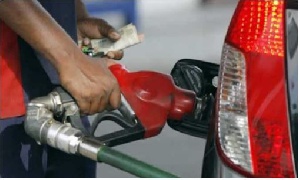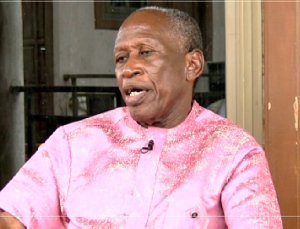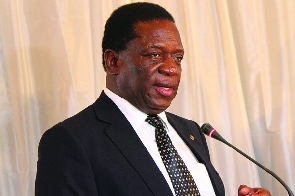Consumers will soon have to pay more than the current average pump price of GH¢4.01 per litre for fuel, the Institute of Energy Security (IES) has predicted, citing a surge in prices on the international market.
The energy think-tank believes that the national average price of Gh¢4.01 per litre for petrol might be the lowest to be recorded in 2020 and that motorists must prepare to part away with roughly GH¢5.0 for a litre in the coming weeks, as Oil Marketing Companies (OMCs) are likely to adjust pump prices to reflect changes on the international scene.
“Ghana, just like other consuming countries, has enjoyed some relatively low fuel prices since January 2020 when the Coronavirus broke out and brought about movement restrictions and low economic activities, resulting in oil and fuel demand destructions.
Price of gasoline (petrol) which stood at GH¢5.36 (US$0.9) per liter in January 2020 is currently going for GH¢4.01 per liter on average terms; suggesting approximately, a 25 percent drop in local gasoline price since January. But the gains consumers have enjoyed since January may be eroded, as the prices of oil and fuels on the international market takes an upward journey,” IES said in a statement to the B&FT.
The increase, according to IES, is imminent and this could prove very challenging for Ghanaians already being battered by an upward spike in food prices and a slowdown in economic activity due to the COVID-19 pandemic. And given that any rise in fuel prices has a multiplier effect on the price of food items and other consumables, the plight of the citizenry would further worsen.
Although local prices are also influenced by the cedi’s performance against major trading currencies like the United States dollar, IES is of the view that the international benchmark Brent crude, which last Monday surged to US$34.8 per barrel: the highest level since March when Saudi Arabia and Russia’s price war began, does not portent well for domestic consumers.
“It is unclear though, but if international prices continue the surge at the current rate to top US$35 per barrel, the benefits so far enjoyed at the local pumps may begin to diminish. It is insightful for consumers to note that the low fuel prices currently displaced at the pumps is basically the result of said Coronavirus depressing fuel demands, and has absolutely nothing to do with government interventions.
Fuel consumers must therefore brace for an upward and a possible turbulent drive in next few months, should the recovery from the damage to demand on the international oil and fuel market be much quicker, resulting in higher international oil and fuel prices,” the statement said.
Additionally, the argument for higher prices is based on the fact that Standard and Poor’s Global Platts benchmark for fuels also shows average gasoline and gasoil (diesel) prices has moved upward by roughly 55 percent and 33 percent respectively, since May 11 when the last pricing-window closed in Ghana.
As of May 18, spot price closed at US$314 per metric tonne – US$37.6 per barrel – compared to the average price of US$203 per metric tonne – US$24.3 per barrel – recorded a week earlier.
Diesel, meanwhile, has not been spared from the upward movements, as it closed trading on Monday at US$288 per metric tonne, US$38.6 per barrel.
The jump in prices, the statement added, is a reflection of production output cuts initiated by the OPEC group, and hopes that the relaxation of lockdowns around the globe will boost the demand for oil and fuels like gasoil, gasoline, and jet fuel.
“The combination of production curbs and demand recovery is expected to ease off the oil glut which is impacting negatively on oil producers in particular; seeing that Brent crude tumbled from roughly US$66 per barrel in early January to as low as US$19 in late April,” IES said.
Click to view details



Business News of Friday, 22 May 2020
Source: thebftonline.com

















